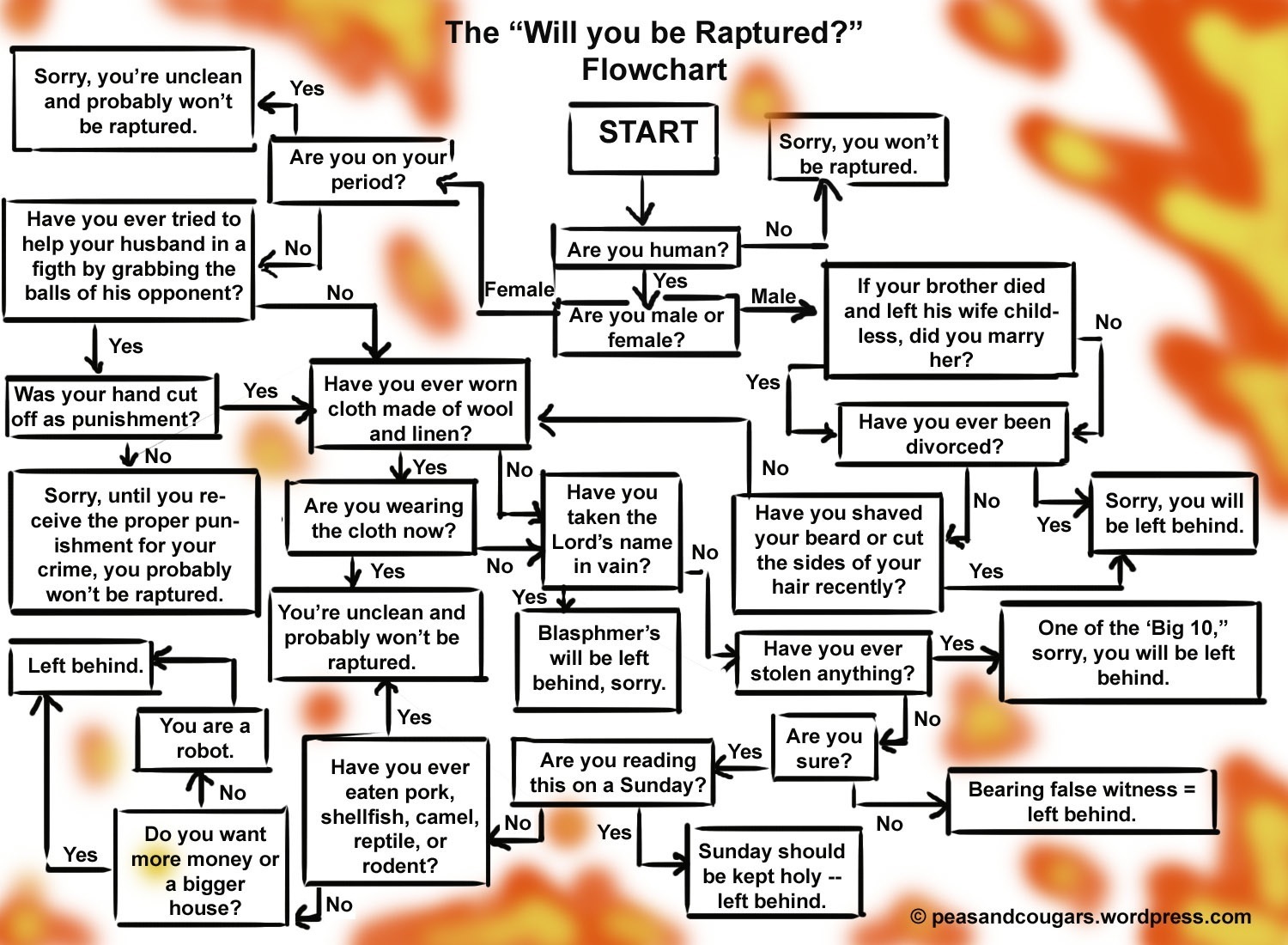I'm increasingly irritated by this new trend in insurance ads ... They market personalization and friendship.
These guys aren't your friends, it's their business and their job. They're liars to claim anything more than that. Their ads make me think how manipulative these sons of bitches really are!
These guys aren't your friends, it's their business and their job. They're liars to claim anything more than that. Their ads make me think how manipulative these sons of bitches really are!















